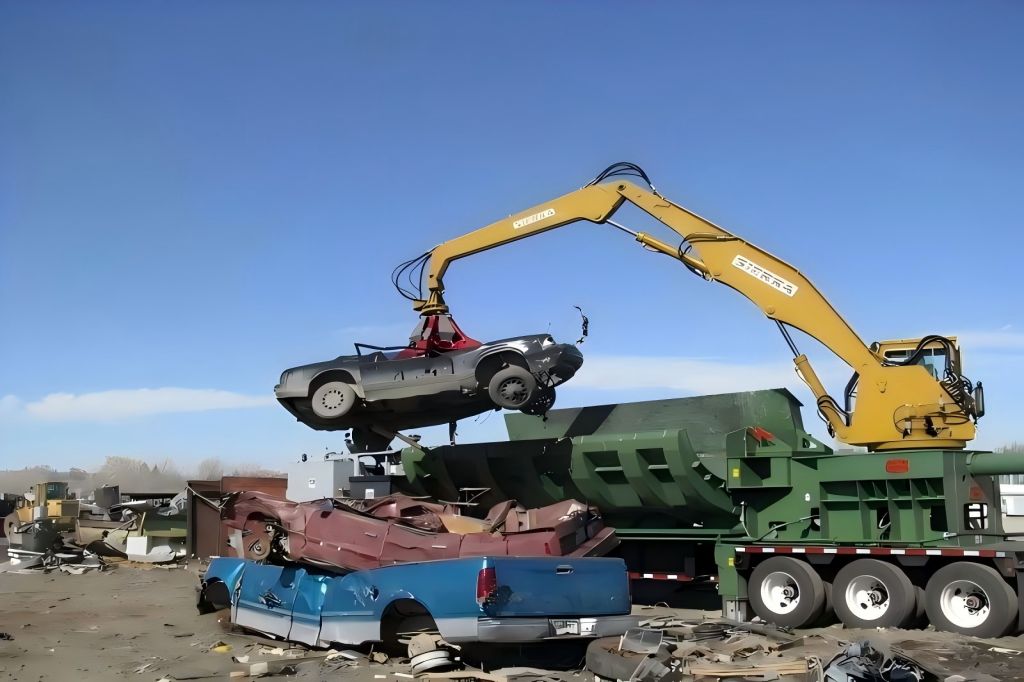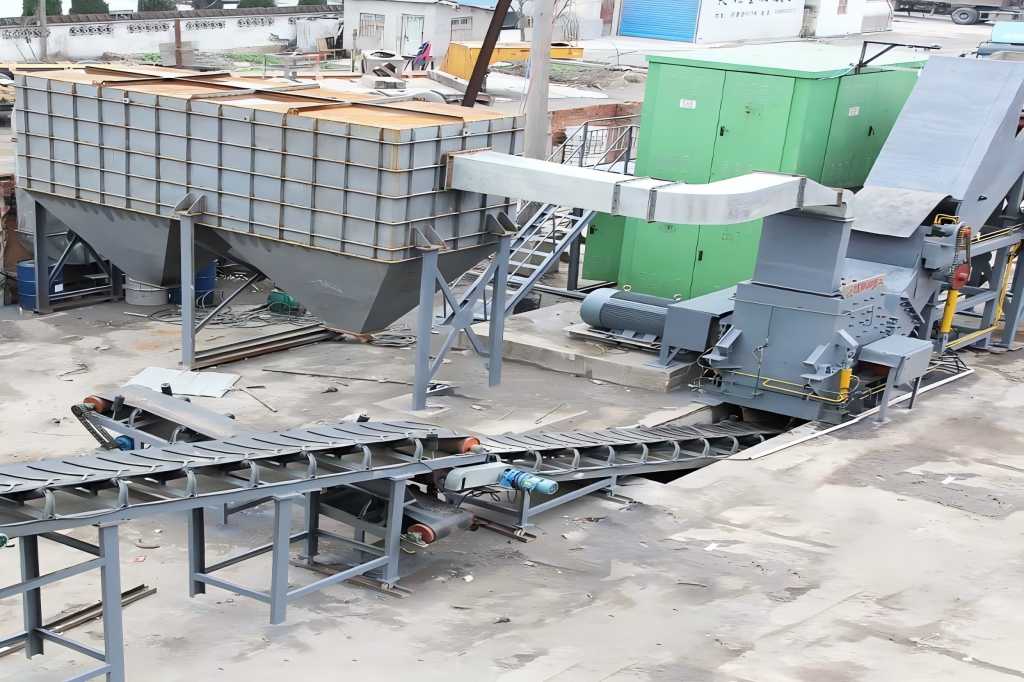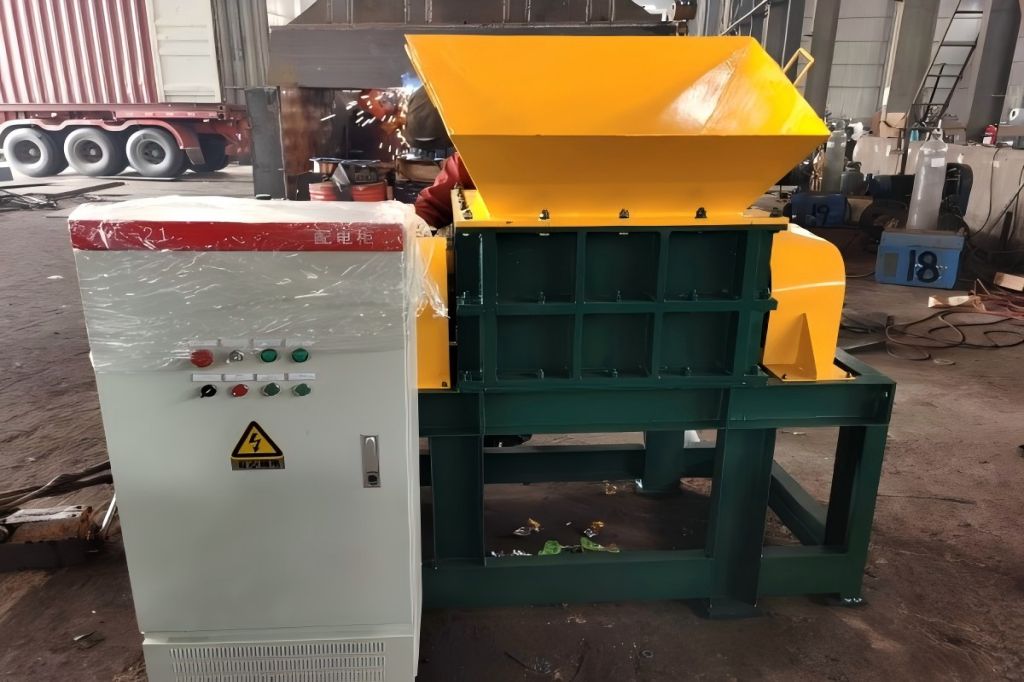In the evolving automotive recycling industry, efficiency and sustainability are crucial as millions of vehicles reach the end of their life cycles annually.
Two machines have emerged as key players in the automotive recycling process: the car baler machine and the car compactor machine. While both are designed to compress and process vehicles for recycling, they differ in terms of functionality, operation, and benefits.
This article aims to explore the features of both machines and determine which one is better suited for automotive recycling.
The Role of Automotive Recycling
Before diving into the specifics of car balers and compactors, it’s essential to understand why automotive recycling is so important. In addition to lowering the negative environmental effects of automobile waste, recycling cars makes it possible to recover valuable materials including steel, aluminum, plastics, and more.
Recycling facilities prioritize sustainability and are always looking for methods to increase productivity and cut waste. This is where machines like the car baler and car compactor come into play.
What is a Car Baler Machine?

An effective tool for compressing and baling end-of-life vehicles (ELVs) into manageable and compact shapes is a car baler machine. The primary purpose of a car baler is to reduce the volume of the vehicles by compressing them into tight, uniform bales. Recycling facilities can transport, store, and process these bales more easily.
The car baler machine is especially useful for facilities that process large amounts of scrap metal, as it can compact not only cars but also other metal scraps like appliances, steel beams, and more.
The machine uses hydraulic pressure to compress vehicles into dense, compact bales. The compacted bales can then be transported to smelting facilities where they are melted down and recycled into new materials.
What is a Car Compactor Machine?

A car compactor machine, also known as a car crusher, serves a similar function but with some notable differences. While the baler compresses vehicles into bales, the car compactor crushes entire vehicles into flat or cube-like forms. The machine uses immense hydraulic pressure to flatten cars into compact shapes, which are easier to transport and store.
Car compactor machines are often used at scrapyards and recycling centers to quickly process large numbers of vehicles. An automobile is easier to keep until it is time for additional processing or shipping because it requires a lot less room after it has been crushed. These compacted cars can then be sent to shredding facilities, where they are broken down further for material recovery.
Comparison Table
| Feature | Car Baler Machine | Car Compactor Machine |
| Primary Function | Compresses vehicles into bales | Crushes vehicles into flat or cube-like forms |
| Output | Dense, compact bales | Flat or cube-shaped cars |
| Processing Time | Slower, as it takes time to compress into bales | Faster, crushes cars in minutes |
| Capacity | Can process various types of scrap metal | Primarily for entire vehicles |
| Space Utilization | Good for creating uniform bales for stacking | Excellent for stacking crushed vehicles |
| Cost Efficiency | High, but suitable for large operations | Efficient for high-speed operations |
| Transportability | Easier to transport compact bales | Blocks or flattened cars are transport-friendly |
| Best Use | Ideal for scrapyards with limited space | Best for high-volume, fast-paced operations |
| Material Recovery | Good for separating specific materials | Ideal for general vehicle crushing |
| Versatility | Can process cars, appliances, and other metals | Primarily used for vehicle crushing |
Key Differences Between Car Baler and Car Compactor Machines
1. Output and Size Reduction
The most significant difference between a car baler machine and a car compactor machine lies in their output. Cars are compressed into rectangular bales using a baler, which makes them easier to stack and move. On the other hand, a car compactor flattens or crushes vehicles into cubes or flat slabs. This difference in output directly affects how the material is handled later in the recycling process.
For businesses focused on maximizing storage space, a car compactor may be the preferred option since crushed cars take up less room. However, if the priority is producing uniform bales that can be efficiently transported and processed, a car baler machine may be more suitable.
2. Processing Time
In terms of processing speed, car compactor machines tend to be faster. A car compactor can crush a vehicle in just a few minutes, making it ideal for high-volume operations that need to process large numbers of vehicles quickly. The car baler machine, while still efficient, takes slightly longer as it compresses vehicles into compact bales.
If a facility processes hundreds of cars per day, a car compactor may be more efficient due to its speed. However, for facilities that value the uniformity and easy handling of bales, the additional time spent on baling may be worth it.
3. Material Recovery
Both machines serve the same purpose of reducing the volume of scrap vehicles, but when it comes to material recovery, car baler machines offer some advantages. Baling a vehicle compresses the materials without distorting them too much, making it easier to recover specific materials like aluminum, steel, and copper during the recycling process.
With a car compactor, the vehicle is flattened or crushed, making it more challenging to separate different materials afterward. This is because compaction can cause the materials to intertwine or mix, making the recycling process slightly more complicated.
4. Space Utilization
In terms of space utilization, both machines offer significant benefits, but they do so in different ways. A car baler machine creates bales that can be easily stacked and stored, optimizing the use of available space. The vertical space can be utilized effectively by stacking these bales precisely.
The car compactor machine, on the other hand, crushes cars into flat or cube-like shapes, which can also be stacked efficiently. However, the compactor may offer more flexibility in how the compacted cars are stored, making it easier to manage space in smaller yards.
5. Cost Efficiency
The particular requirements of the recycling facility must be taken into account while evaluating each machine’s cost-efficiency. A car baler machine may be more cost-efficient for businesses that prioritize the production of uniform bales that are easy to transport and handle. However, a car compactor machine is often more suitable for high-speed, high-volume operations where rapid processing is essential.
Which is Better for Automotive Recycling?
Ultimately, the choice between a car baler machine and a car compactor machine comes down to the specific needs of the business. For scrapyards or recycling facilities that process large volumes of vehicles and require fast, efficient processing, the car compactor machine may be the better option. Its ability to quickly crush vehicles into compact blocks makes it ideal for businesses focused on speed and space optimization.
However, for operations that require versatility and the ability to process various types of scrap metal, the car baler machine may be more suitable. The baler’s ability to create uniform, manageable bales makes it an excellent choice for businesses looking for flexibility in their operations and improved material recovery.




